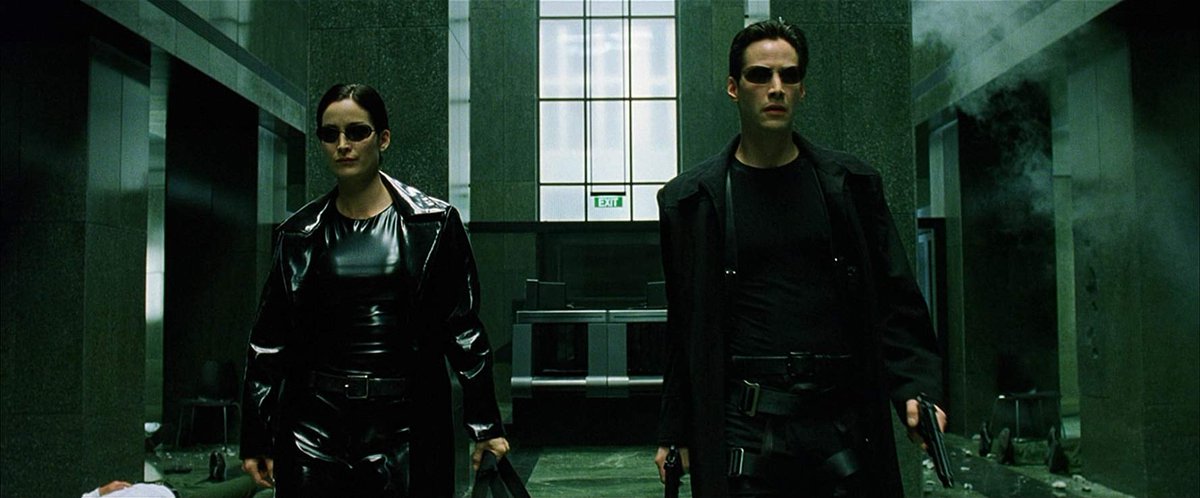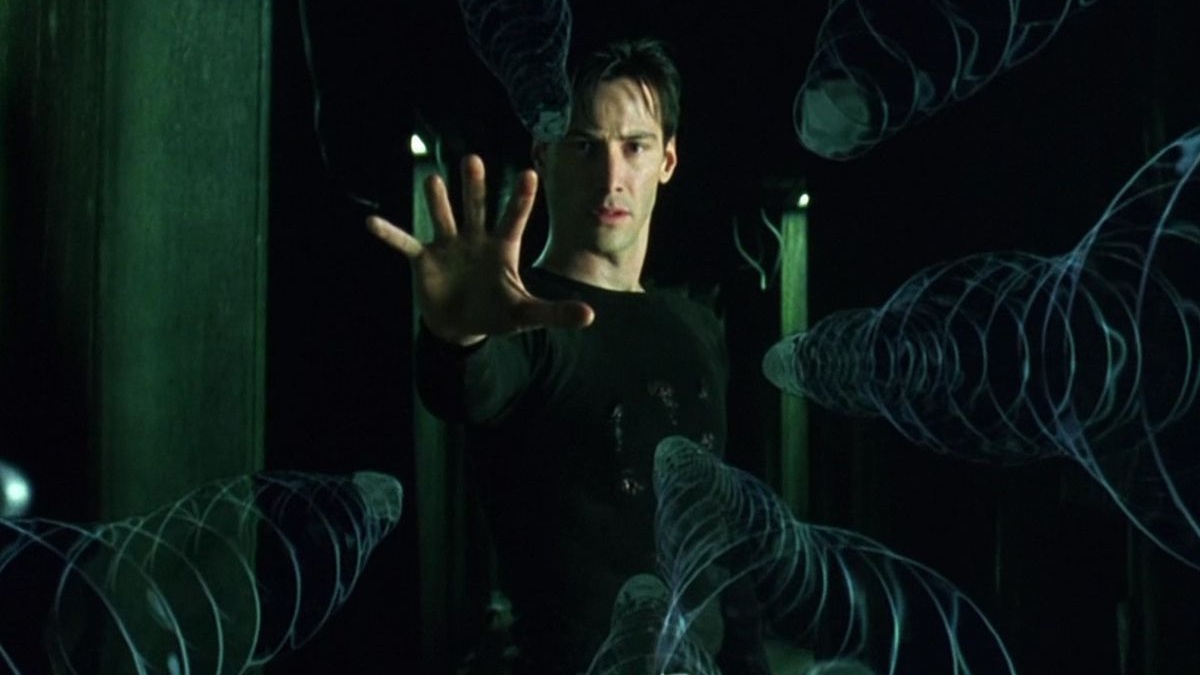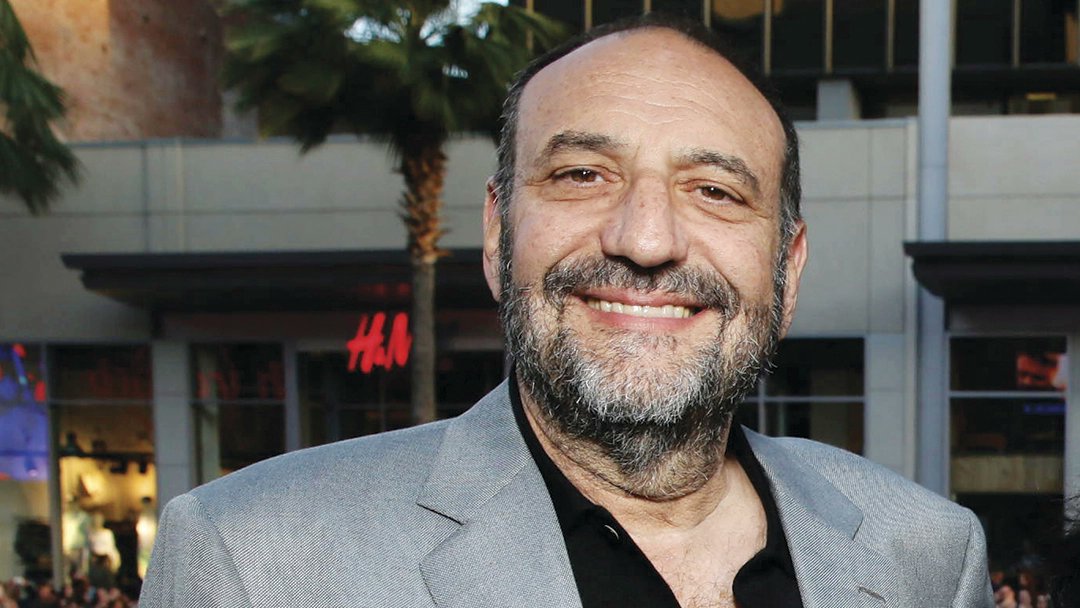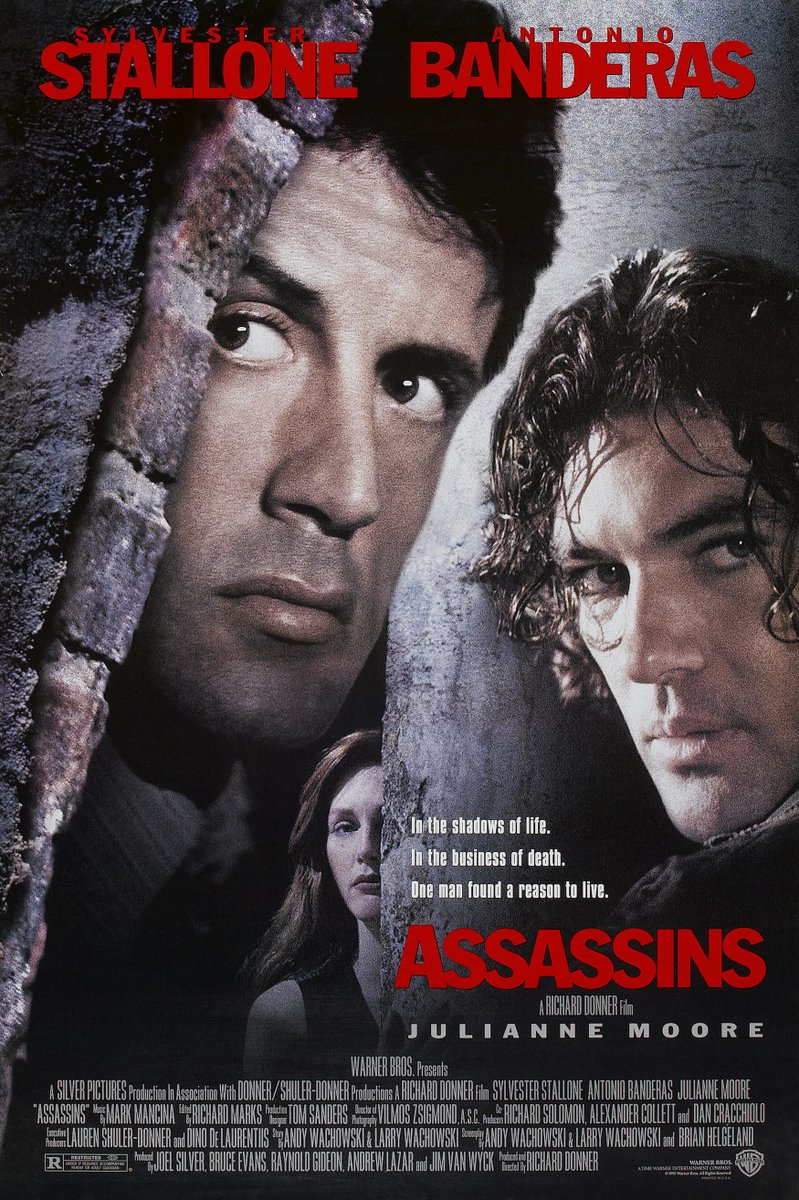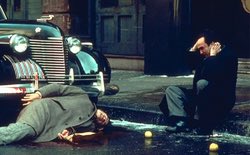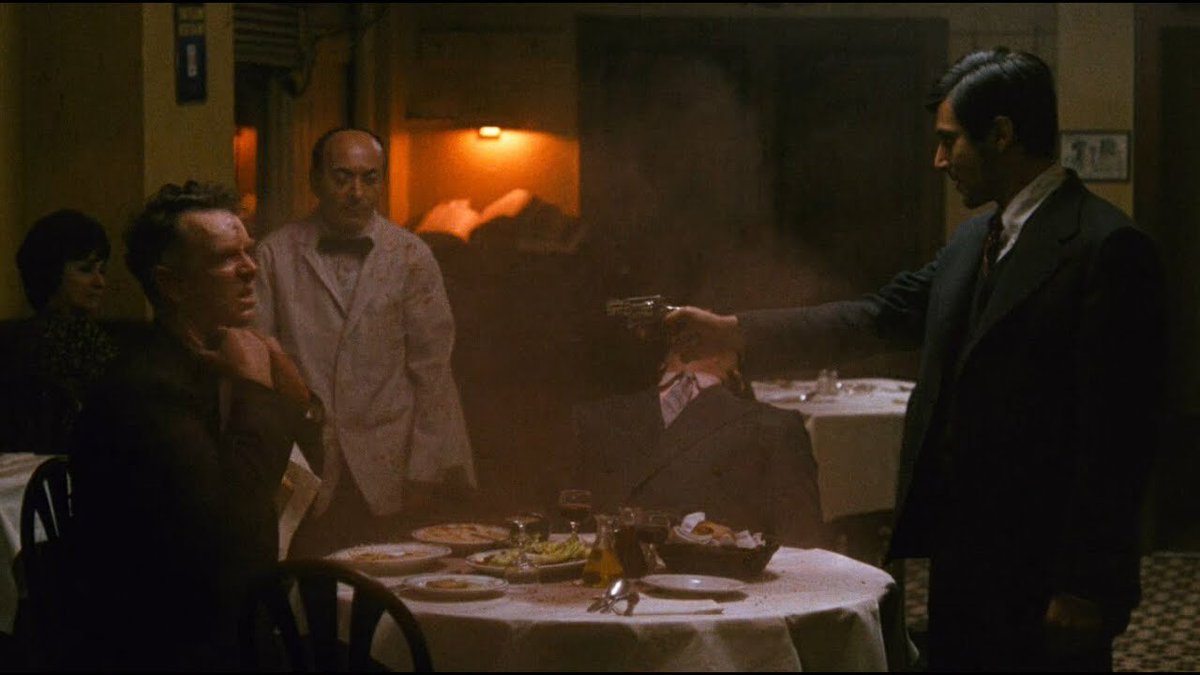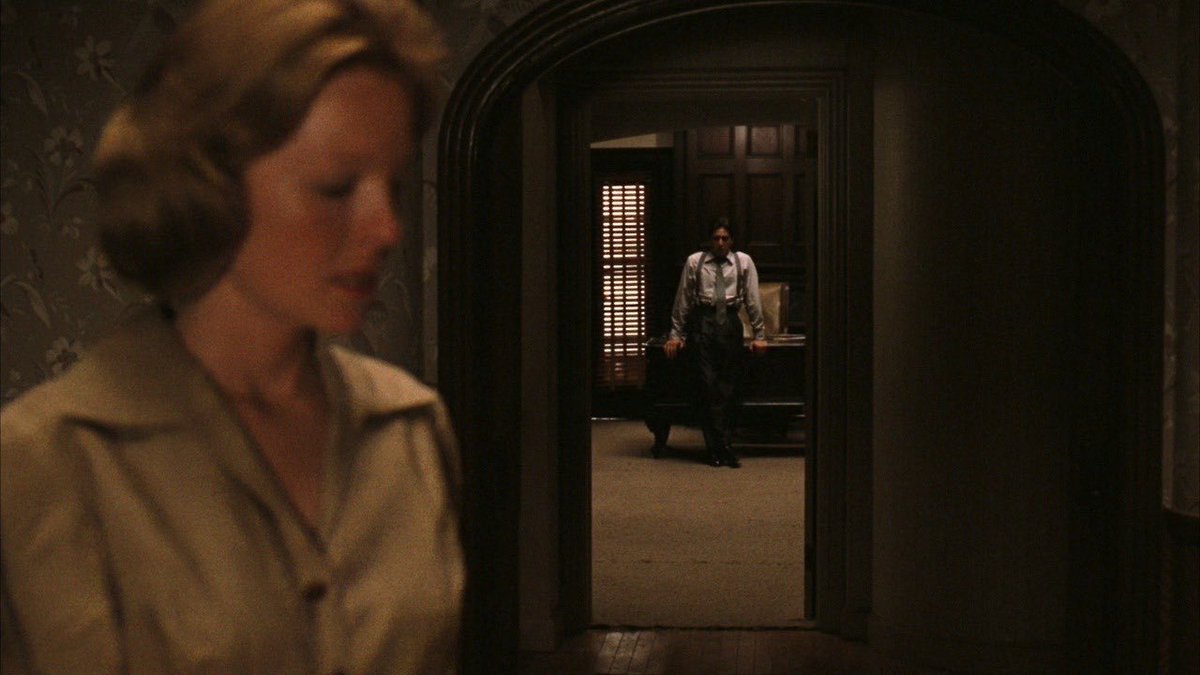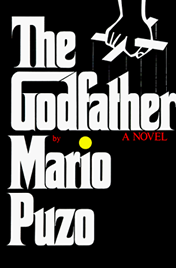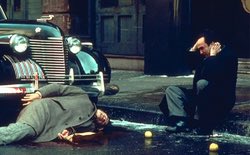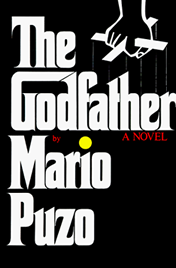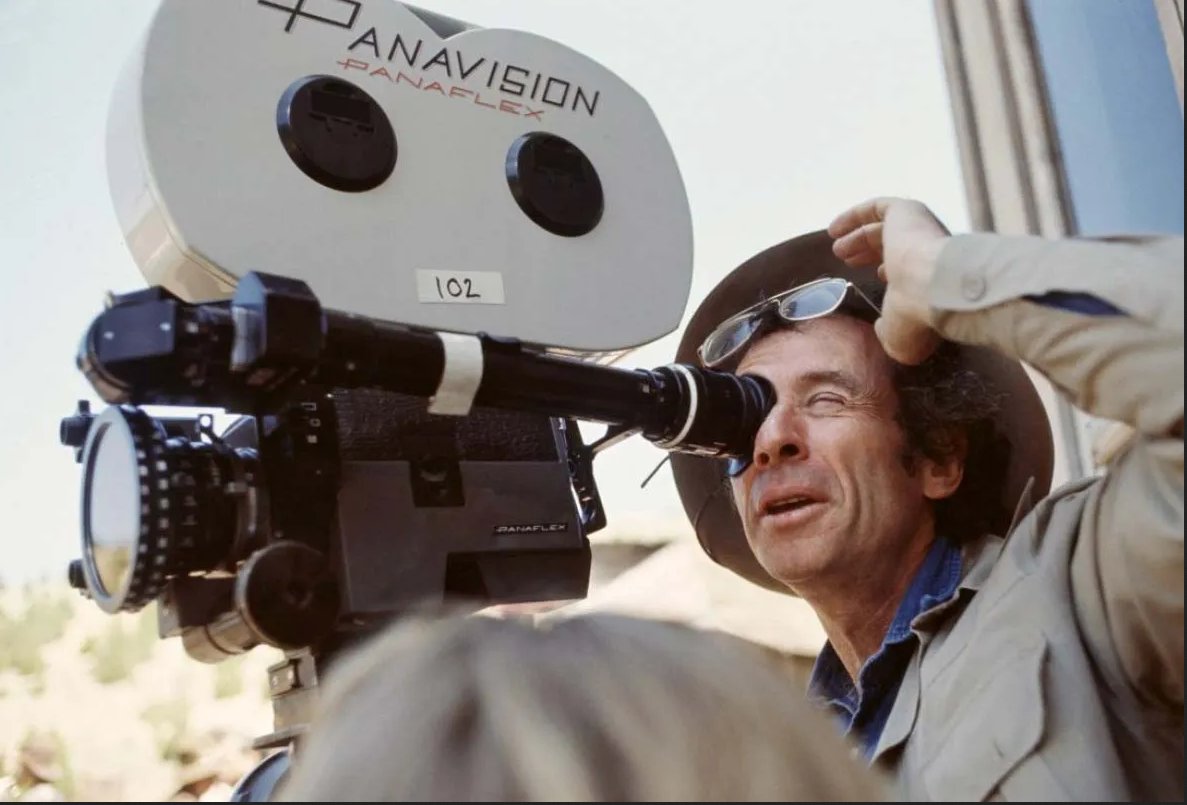2001: A SPACE ODYSSEY was released 55 years ago today. Acclaimed as one of the greatest and most influential films to come out of Hollywood, the making of story behind Stanley Kubrick’s classic is as epic as the film itself.
A THREAD
1/29



A THREAD
1/29

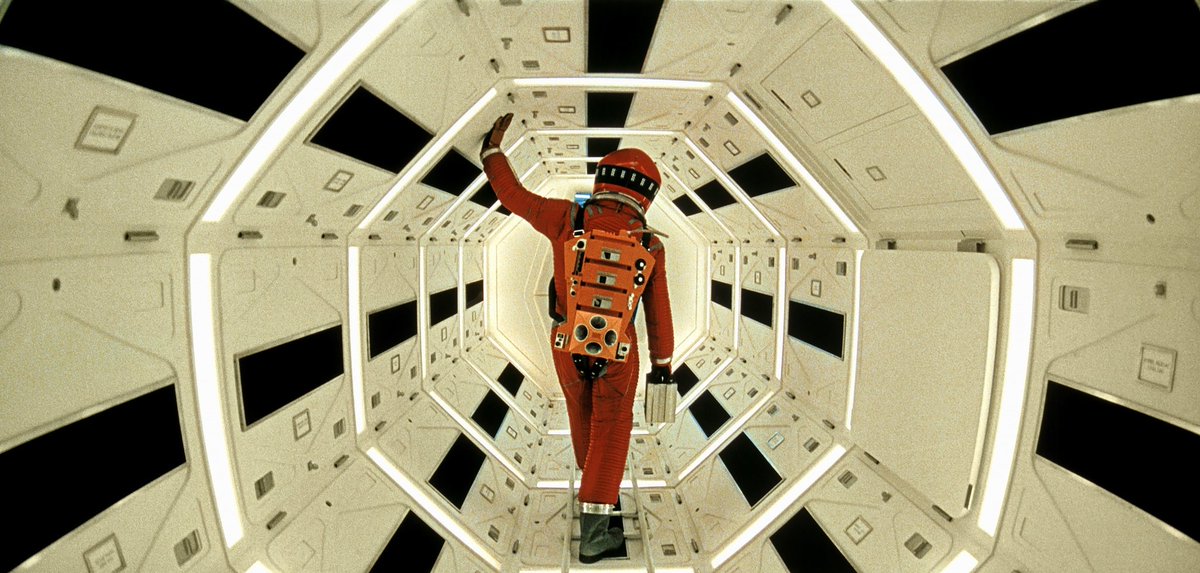
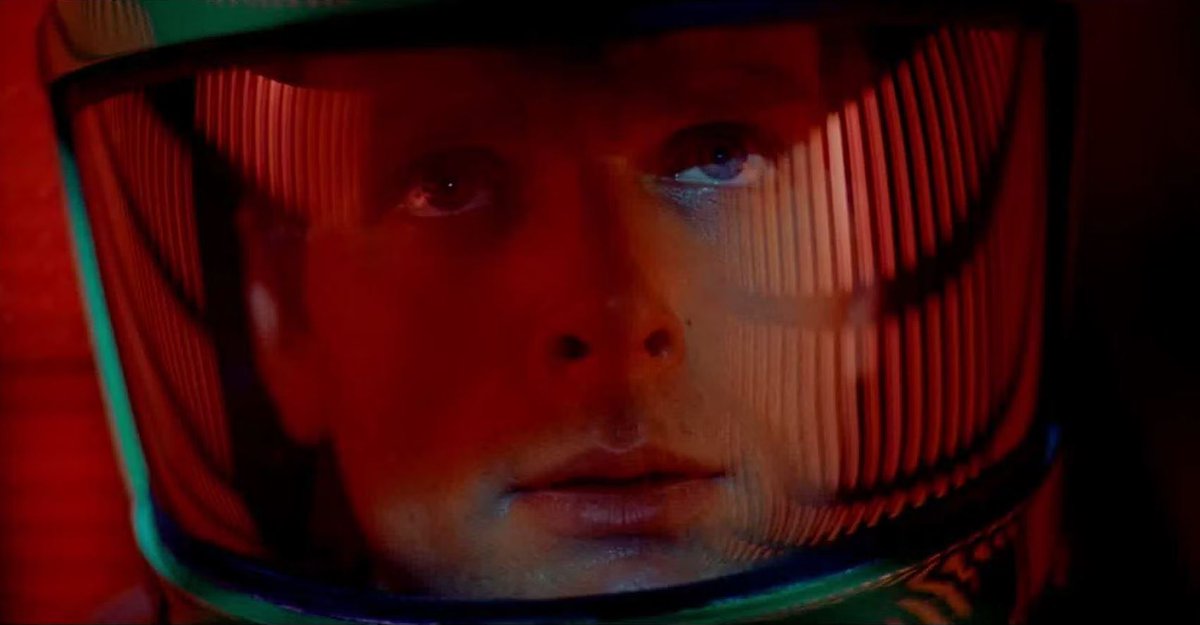
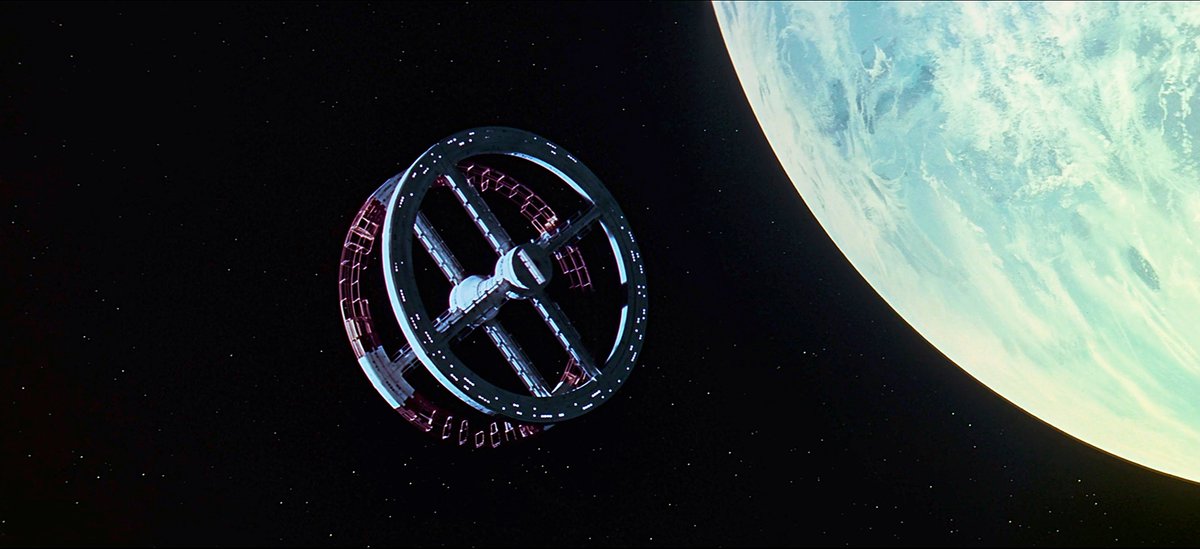
After Dr Strangelove, Kubrick knew he wanted to direct a groundbreaking science fiction film, and work with a co-writer. He got in touch with acclaimed sci fi author and futurist Arthur C. Clarke by letter telling him his plans.
2/29

2/29


Kubrick’s first idea was for it to be short stories set in space. Clarke had the idea of basing it on his own story The Sentinel, written for a BBC competition and published in 10 Story Fantasy. It told the story of an artifact found on the moon, left there by aliens.
3/29
3/29

The writers tore up the writing rule book. There’s three sections but it’s not a typical three-act structure. There’s no dialogue for the first 25 minutes and final 23 minutes of the film. The main character in the film is Bowman but he doesn’t show up until 57 minutes in.
4/29



4/29




Many titles were considered by Kubrick and Clarke. Journey Beyond The Stars, Universe, Tunnel to the Stars, and Planetfall were all options and it was Kubrick who came up with 2001: A Space Odyssey. He took inspiration from the Greek poet Homer and The Odyssey.
5/29

5/29


The film predicted many future technologies. Video screens, digital cockpits, in-flight TVs and tablets did not exist in 1968. They’re in the film, and we have them all today.
6/29



6/29

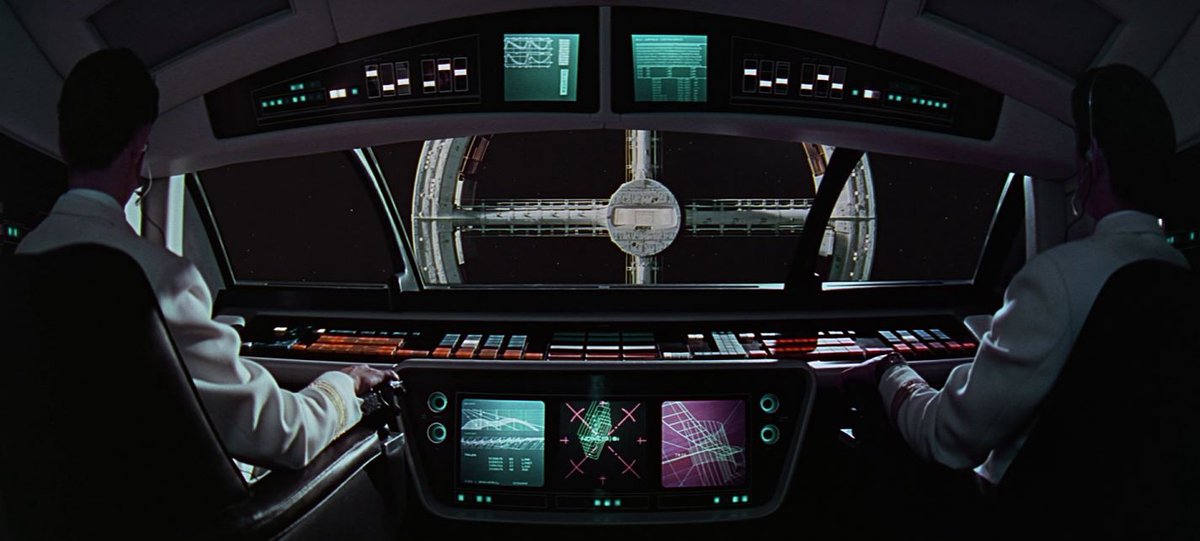

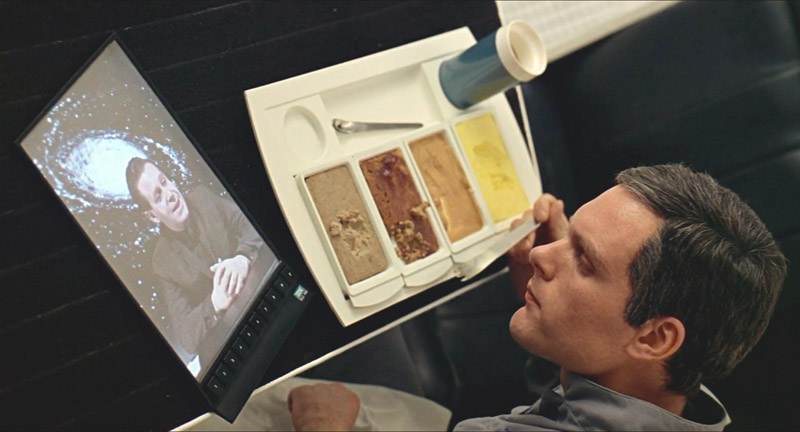
2001 introduced many filmmaking innovations. One was the huge revolving set. Kubrick had an aeroplane manufacturer called Vickers Armstrong build a 36ft centrifuge that cost $750k. It's used in all the scenes below...
7/29
7/29
Front Projection was used in the Dawn of Man sequence. This is where a large film projector is used to create the illusion of depth of field. Images of the African plains were projected via a one-way mirror onto a screen behind the actors.
8/29

8/29


In the space-based scenes, we see a space hostess catch a floating pen. They used double-sided sticky tape (which had just been invented) and stuck the pen to a sheet of glass. The glass was then moved to create the effect of the pen floating.
9/29
9/29
The shots of the spaceships were beyond anything that came before and used a technique called Motion Control. The models were moved along tracks at 4 inches per minute, meaning they could replicate the same shot over and over. It was developed further by ILM on Star Wars.
10/29
10/29
At the end of the film, Bowman enters the Stargate. It was created by effects legend Doug Trumbull. He had a piece of glass with a slit and filmed objects passing behind.
The psychedelic effect of the stargate led to people dropping acid before going to watch the film.
11/29
The psychedelic effect of the stargate led to people dropping acid before going to watch the film.
11/29
The DP was Geoffrey Unsworth. To reflect the theme of evolution, Kubrick had Unsworth create visuals with circular imagery. This is throughout the film – from the revolving space station, through the Discovery cockpit, to HAL-9000’s all-seeing eye, and a lot more.
12/29



12/29


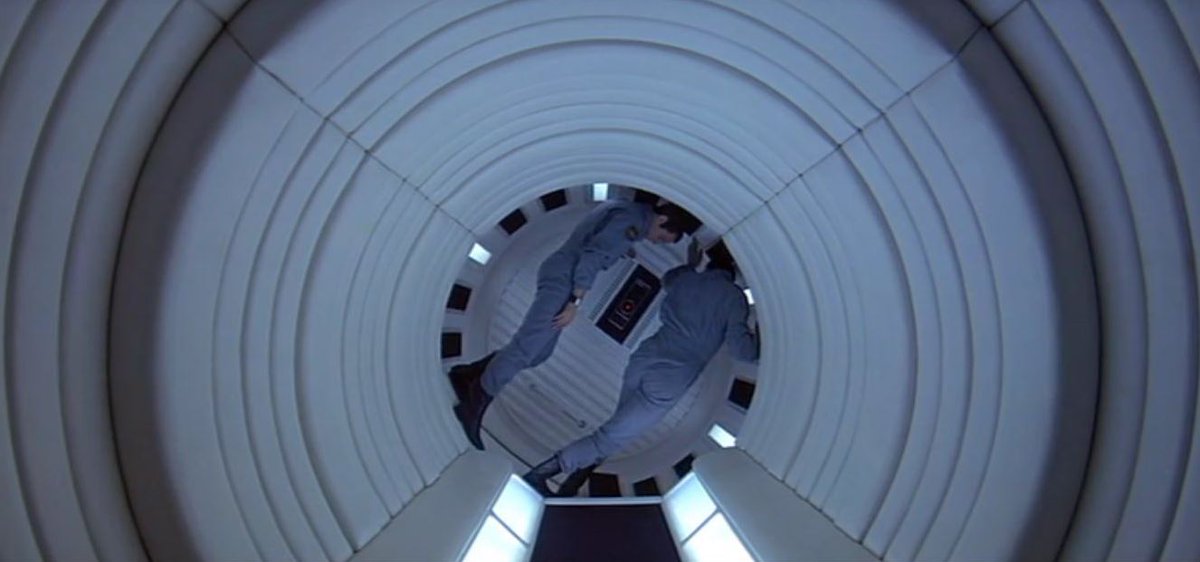
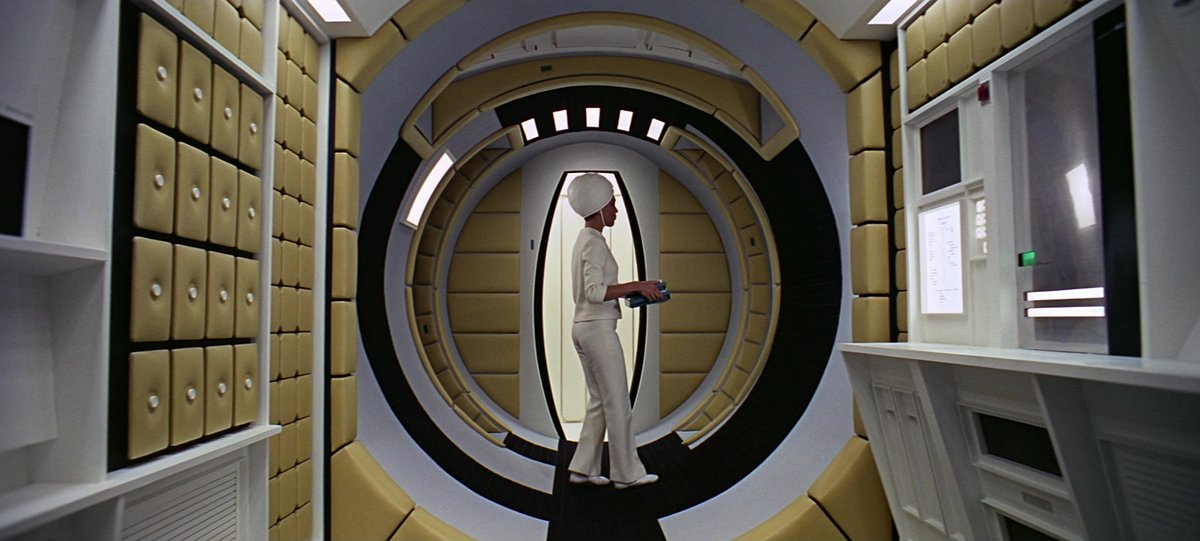
Working together, Kubrick and Unsworth created some of the most stunning images to come out of Hollywood, as our SnapShot compilation showcases.
13/29
13/29
When the film cuts from the Dawn of Man sequence to deep space 3 million years in the future, the device in space isn’t a spaceship, it’s a nuclear bomb. So we cut from the first weapon (the bone) to the ultimate weapon. It’s probably the most famous cut in history.
14/29
14/29
When HAL locks Bowman outside the ship, Bowman manually breaks in. Because of the vacuum of space, when Bowman is fired back onto the ship, there’s no noise - Kubrick cuts to total silence. Some people at the time didn’t realise and thought it was an issue with the film.
15/29
15/29
The antagonist of the film is computer HAL-9000. As an idea, HAL started as a robot with legs. Arthur C. Clarke was worried about that becoming outdated so changed it to the all-seeing eye of HAL – a nod to the cyclops from The Odyssey.
16/29

16/29
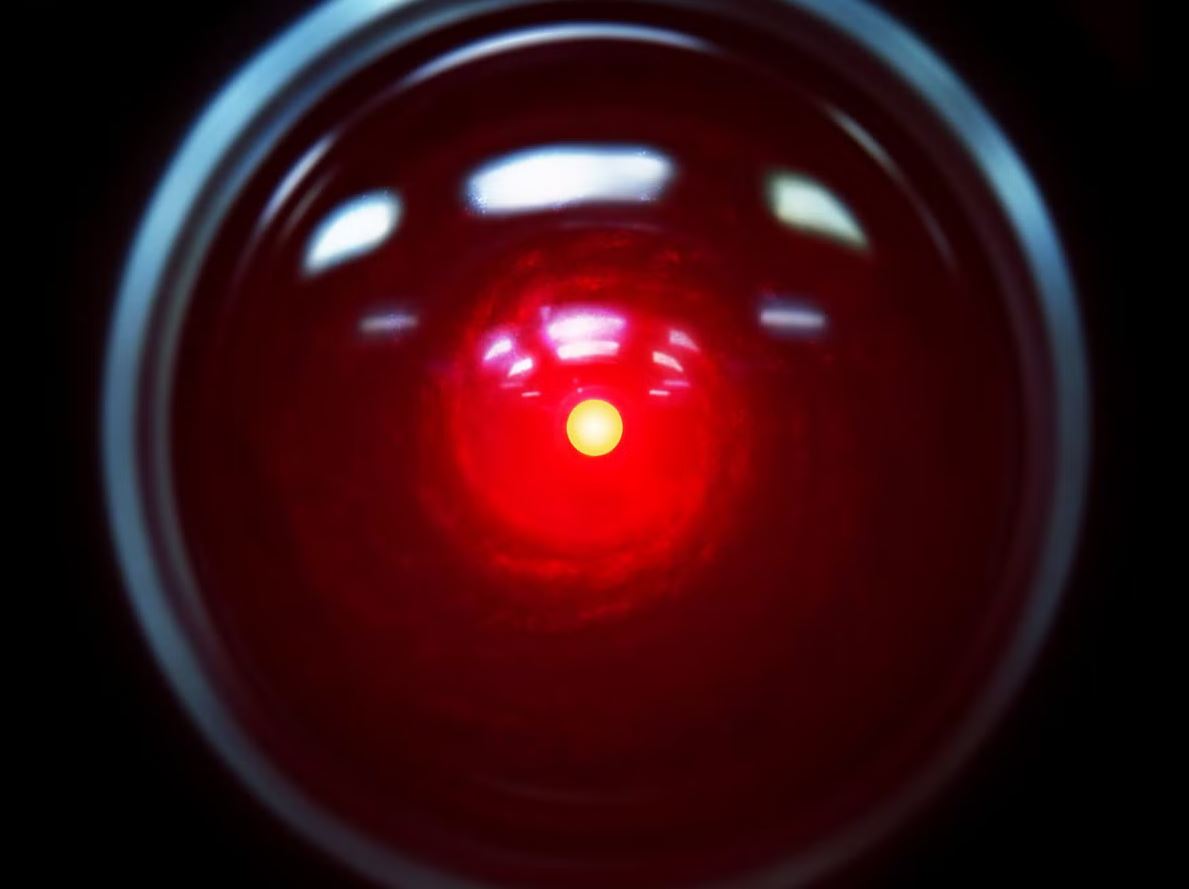

HAL stands for 'Heuristically programmed ALgorithmic computer'. He was originally going to be called Socrates, after the Greek philosopher. That was then changed to Athena, a Greek goddess, before Clarke settled on HAL-9000.
17/29

17/29

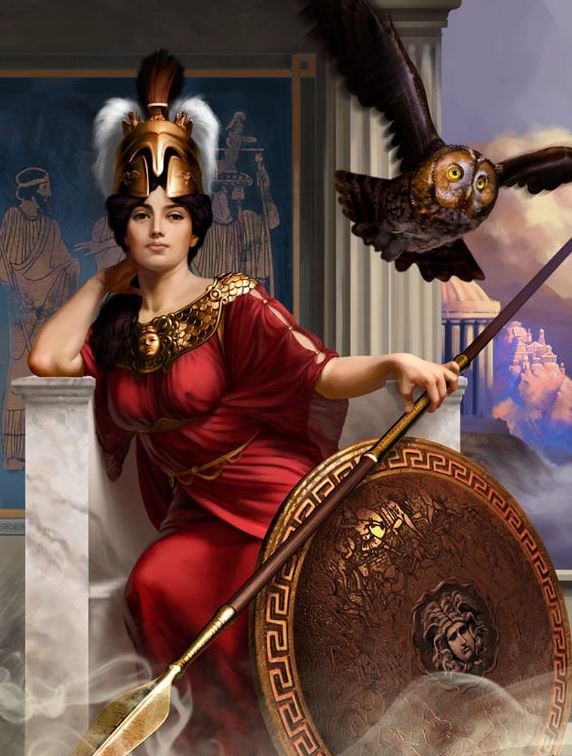
To voice HAL, Nigel Davenport was hired then fired after Kubrick said he was ‘too English’. Martin Balsam was then fired for being ‘too American’. Kubrick tried actress Stefanie Powers before going for Douglas Rain after hearing him narrate a documentary called Universe.
18/29



18/29
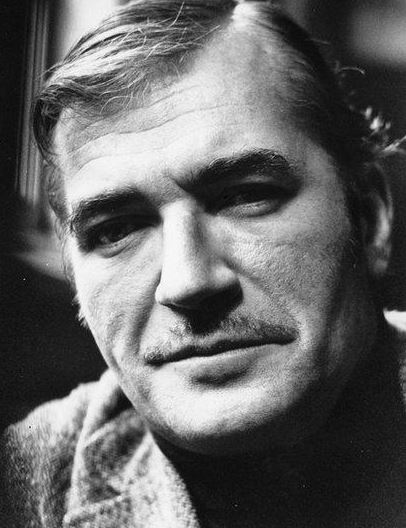
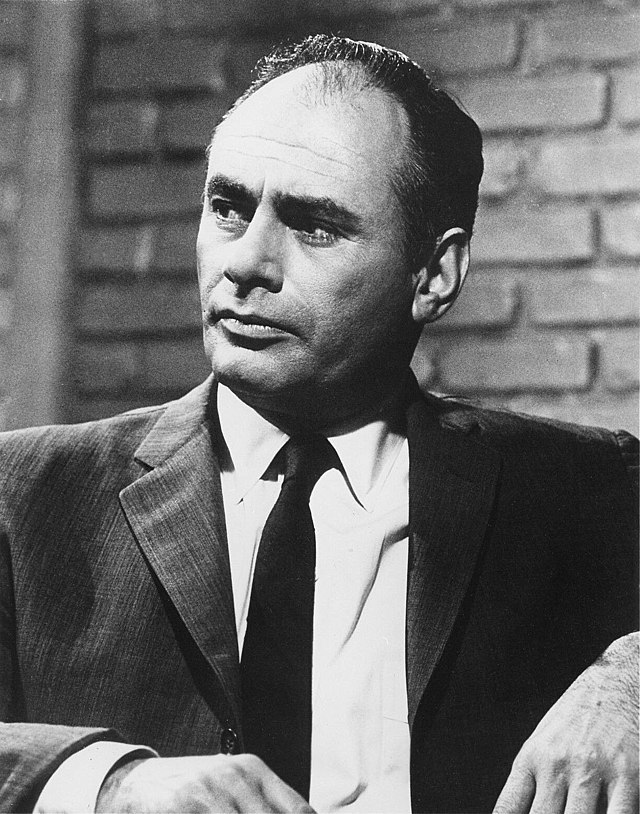
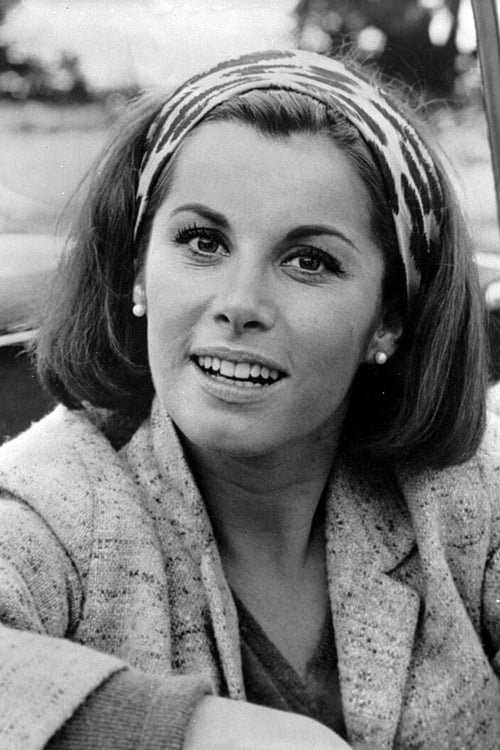

Because he came in late, Rain had to record all his lines in post so never met the cast. And in order to soften his voice like we hear in the film, he recorded his lines barefoot with his feet resting on a pillow.
19/29
19/29
An enduring image is the monolith. At first it was a screen that showed the apes how to use tools. They then built a tetrahedron, but it didn’t reflect light. They tried a cube then a two-ton plexiglass monolith. Kubrick then settled on the large black rectangle we see.
20/29
20/29
Another innovation is in the use of product placement. Swiss wristwatch manufacturer Hamilton provided the watches as worn by the astronauts; Vogue created the clothing; and IBM provided the computer systems. Other brand logos appear throughout.
21/29



21/29



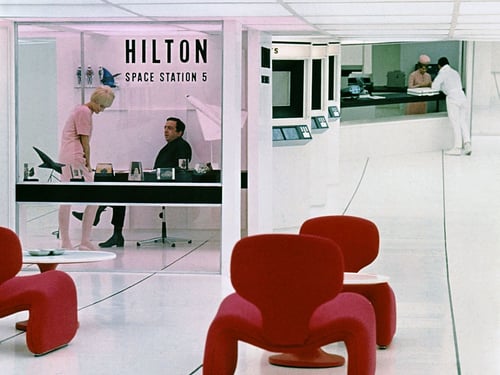
Kubrick wanted realistic costumes so hired Saville Row designer Hardy Amies, who had designed for the Queen. Amies created the look of the space hostess costumes, the civilian costumes, the Space suits – basically everything – and Kubrick signed off on every detail.
22/29



22/29


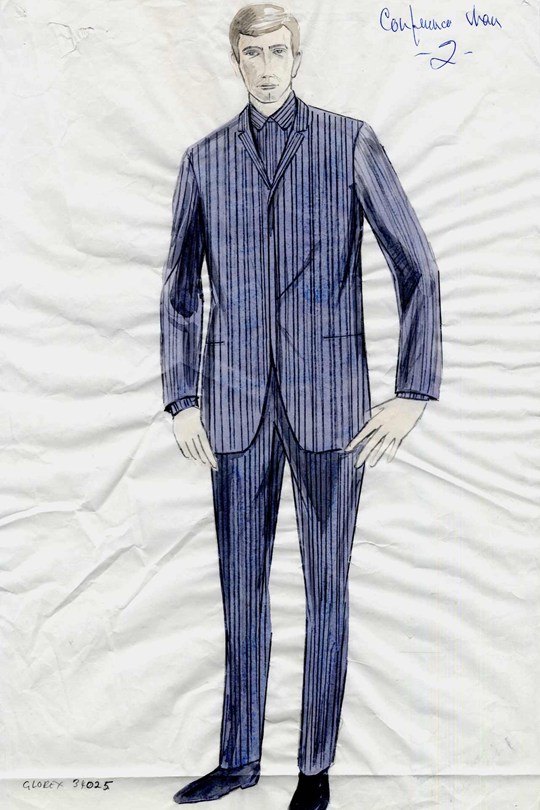
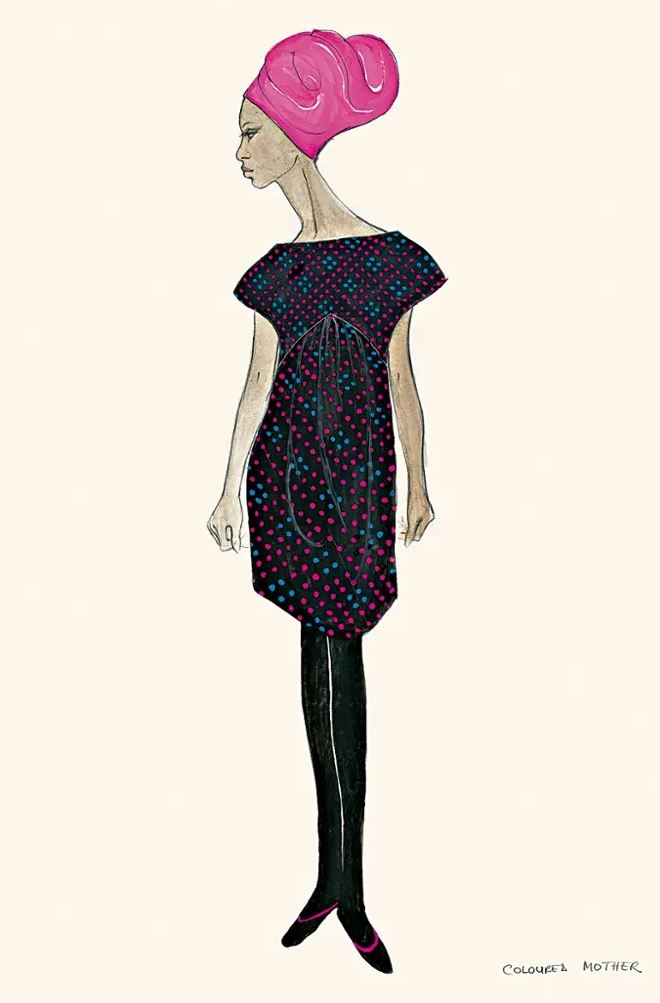
The apes were mimes in costumes, created by make-up artist Stuart Freeborn. The first ones weren’t as hairy, and Kubrick was threatened with an X-rating so changed them. And, bizarrely, Freeborn used Ronnie Corbett as a make-up model. Freeborn went on to design Yoda!
23/29



23/29

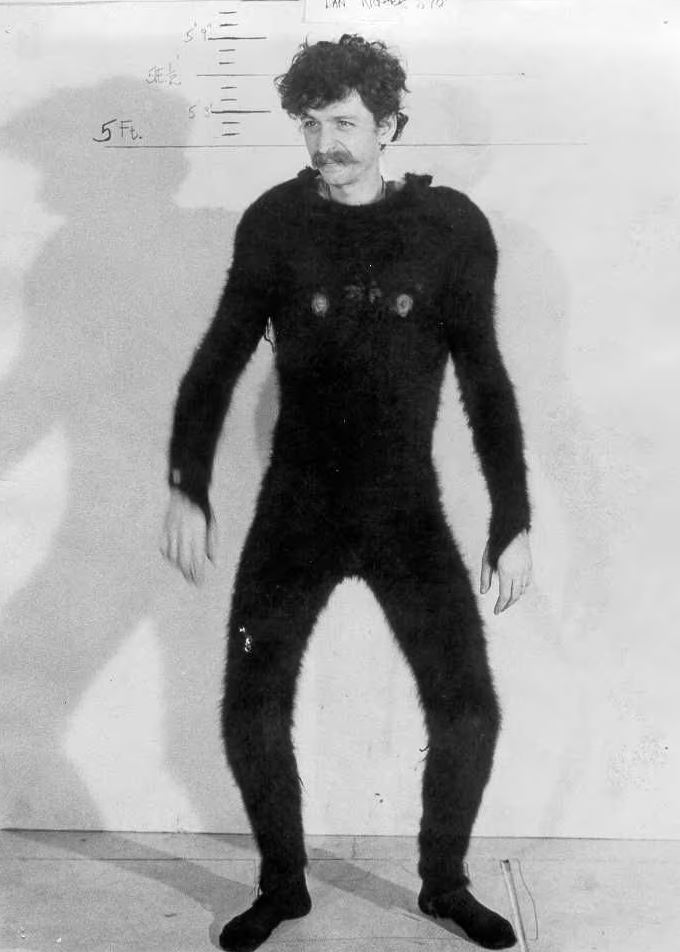

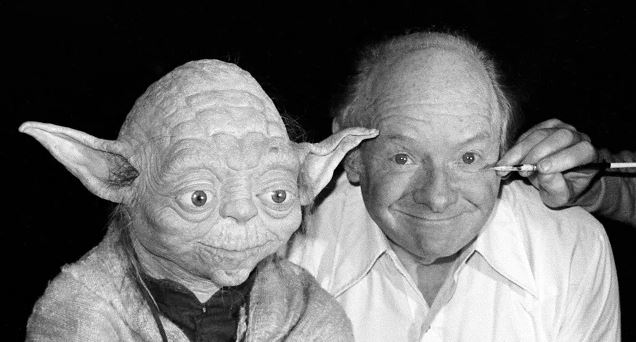
Kubrick scored the film with classical music, but Alex North wrote an original score. Kubrick was always planning to use Strauss etc but declined to tell North, and North didn’t find out until he went to the premiere and heard he’d been replaced. Video: Soundtrack Fred.
24/29
24/29
When HAL is shut down by Bowman, he sings. Daisy Bell wasn’t chosen at random. The first ever recording of a computer singing a song was the IBM 7094 in 1961 and the song it sang was Daisy Bell. Video: Slaven Radovic
25/29
25/29
We never see the aliens, but that wasn’t always the plan. Kubrick had some concepts created for what the aliens could look like. He spoke to astrophysicist Carl Sagan who said he thought they should just suggest the presence of alien interference. That’s what Kubrick did.
26/29



26/29
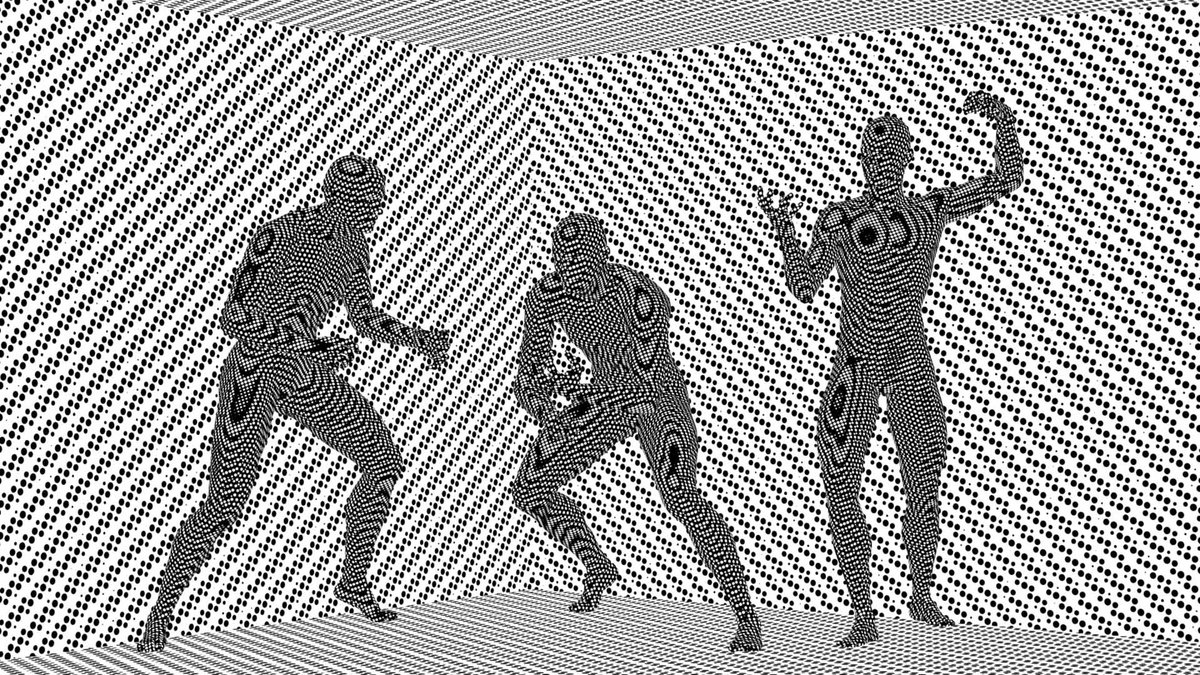
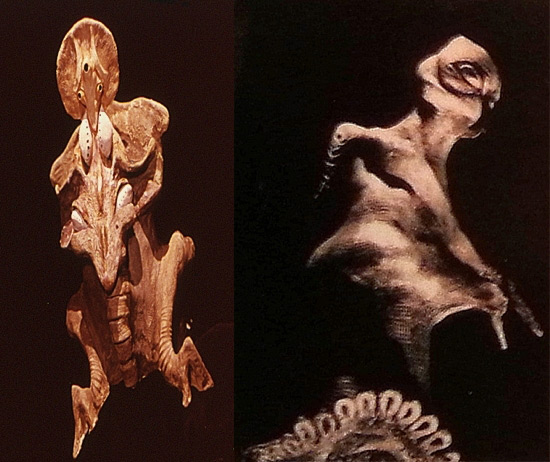
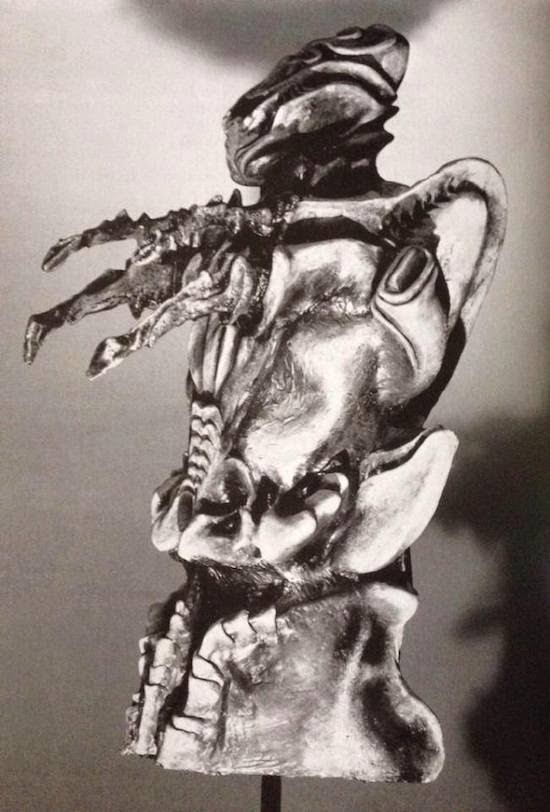
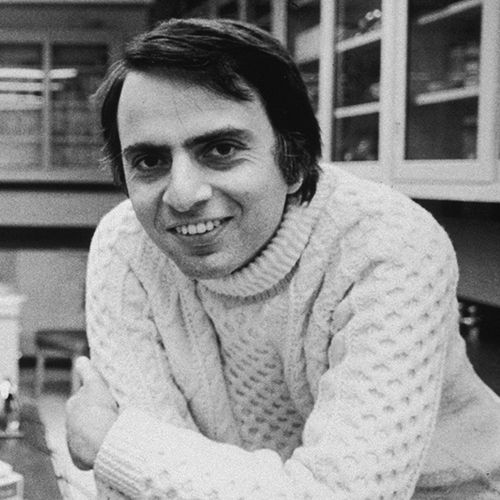
After the stargate, Bowman ends up in a room where he spends decades getting older. The set was designed by Harry Lange, who had worked for NASA. He took inspiration from Louis XVI-style décor.
27/29
27/29
There is no in-film explanation for where Bowman is at the end, leading to decades-long discussions. Years later, Kubrick did reveal what they were trying to say when he talked to filmmaker Jun’ichi Yao.
28/29
28/29
2001 won an Oscar for Best Special Visual Effects. Rules at the time said only one name could be submitted, so it was given to Kubrick – his only Oscar. Academy rules were changed to allow multiple names to be nominated in the Best Visual effects category.
29/29
29/29
If you liked this thread, please retweet the first tweet below 😀
https://twitter.com/ATRightMovies/status/1642901211933179904?s=20
We're looking to grow our YouTube channel so please subscribe 😀
youtube.com/@snapshotatrm
youtube.com/@snapshotatrm
• • •
Missing some Tweet in this thread? You can try to
force a refresh

 Read on Twitter
Read on Twitter



